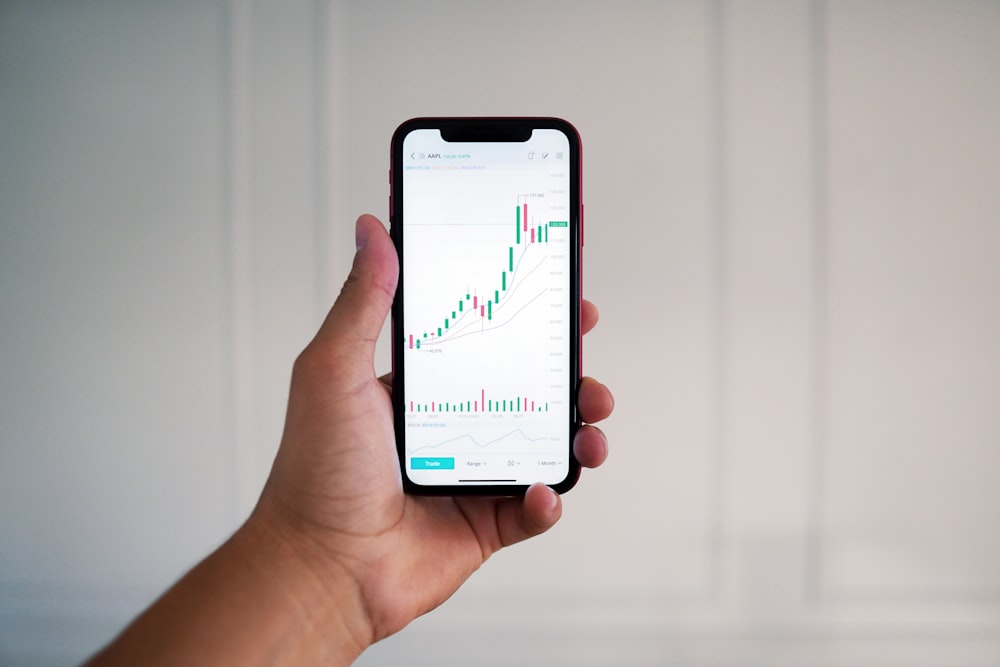Trading stocks and other commodities have become more popular in the past few years. Many have seen friends and family members trade stocks, piquing their interest. In addition, business-related influencers on Instagram, YouTube, and TikTok constantly advocate trading to make money. You should take these claims with a grain of salt because they aren’t grounded in reality. While active trading can be profitable, most traders don’t make enough to succeed.
Multiple studies have been conducted on day traders trading various commodities. Most have found that day traders don’t make a profit. Instead, they’re more likely to lose their money within twelve months. A study shows that only 1.6 percent of day traders make profits. However, it’s important to note these day traders are extremely active, accounting for over 12 percent of all day trading activity.
These findings might perplex many people. After all, you might personally know someone who’s a profitable day or swing trader. Similarly, you’ve seen influencers and self-styled “gurus” advocate trading. They might even have the receipts to back their claims.
It’s important to understand that active trading isn’t easy because financial markets are always moving. Various factors affect these markets, causing prices to oscillate by the minute, if not the second.
Successful trading requires understanding these factors and how they’ll impact the market. However, more importantly, traders must have a well-thought-out trading plan because it’ll affect their trading strategies.
Most traders new to options trading or stock trading don’t understand the importance of a trading plan. They think they can create strategies on the fly as the market unfolds before them. However, this strategy rarely works.
The lack of a trading plan is also detrimental because it prompts traders to make impulsive moves, acting on emotion instead of rational. The result is always disastrous. You’ll often hear stories about traders becoming too emotionally invested in their trades. A losing run propels them to want to recoup their money. So, they convince themselves to make one more trader. Then another follows. Each additional trade is more disastrous than the previous.
A trading plan will help you avoid such instances. A well-crafted one will have the guidelines you must follow for effective trading.
What Does a Trading Plan Encompass?
It’s important to understand that trading plans will differ for traders. No trading plan is the same because your goals and objectives will influence your trading plan. In addition, your chosen strategy will also undoubtedly impact it. For instance, a day trader will have a significantly different plan than a swing trader because they want to close positions overnight, avoiding overnight risk.
Similarly, day traders also use technical indicators and tools to identify profitable entry and exit points. Meanwhile, swing traders use trading chart patterns and momentum indicators to identify entry and exit points. These tools have different purposes. As a result, they also affect rules for when traders enter or exit positions.
The ideal trading plan is a road-map for how to trade. It should have detailed rules for entering and exiting positions. In addition, you’ll also want to outline the proper risk management principles. Most traders recommend following the one or two-percent rule. Moreover, it should also have position sizing rules. Some traders will also add rules about when and how to trade.
Steps for Creating the Ideal Trading Plan
Here are some steps you should follow to create a well-crafted trading plan that helps you make profitable trades, especially if you’re a beginner at options trading. They include:
Assess Your Skill
Consider assessing your skill before starting to trade. You’ll want to know where you stand. Beginner-day or swing traders can try paper trading their system to assess its efficacy. Otherwise, you risk losing all your hard-earned money because you weren’t ready to trade in live, dynamic markets.
Set Risk Level
Another important thing to consider when creating a trading plan is your risk level. Ask yourself how much you can afford to lose on a single trade. The number will generally vary based on trading style and risk tolerance. However, you should ideally set your risk tolerance between one to five percent of your capital investment. Let’s assume you’ve invested $1,000 into your trading account. You shouldn’t be willing to lose more than $10 to $50 on a single trade. In addition, consider adding an affordable risk level for a trading day.
Identify Goals
Identify your goals before creating a trading plan because these goals and objectives will impact risk tolerance and strategies. Set realistic profit targets. Some traders dream about doubling their wealth overnight, but that’s not pragmatic.
Savvy traders will refrain from trading unless the potential profit outweighs the risk. They’ll also set stop-losses to limit their risk. Setting weekly, monthly, and annual profit goals is a good idea. You’ll also want to revisit your trading plan and reassess them frequently.
Do Due Diligence
Some people have a misconception that active trading is like gambling. But professional trades don’t gamble. Instead, they take calculated risks based on probabilities. They’ll examine companies’ economic and earnings data. Sometimes, they’ll make trades before these financial statements become available because these reports could significantly affect the market. For instance, a pharmaceutical company that had a poor previous financial quarter will likely witness its stock price decline when the report is publicly available. As a result, traders will try to close their position in that stock beforehand.
Set Entry and Exit Rules
The importance of setting entry and exit rules cannot be stressed enough. Ensure you use technical indicators or momentum indicators to identify profitable entry and exit positions based on your trading style. Knowing when to enter a trade is important, but knowing when to exit is crucial.
Incorporate Stop Loss Orders
Stop-losses are advance orders to your broker to sell an asset if it reaches a specific price. For instance, let’s assume you bought XYZ Company’s stock price at $35. You could set a stop-loss point at $30. The broker will automatically sell the company’s stock if it declines to $30 to help you minimize losses.
Get Started with Trading Alphas
Trading Alphas has a diverse community of over 1000 members. The platform has helped its community make over $25 million in profits by operating one of the best options trading Discord servers.
They can help you if you wish to improve your trading profitability. Consider checking out their website for more information. You can also contact them to learn more or sign up as a member today.














